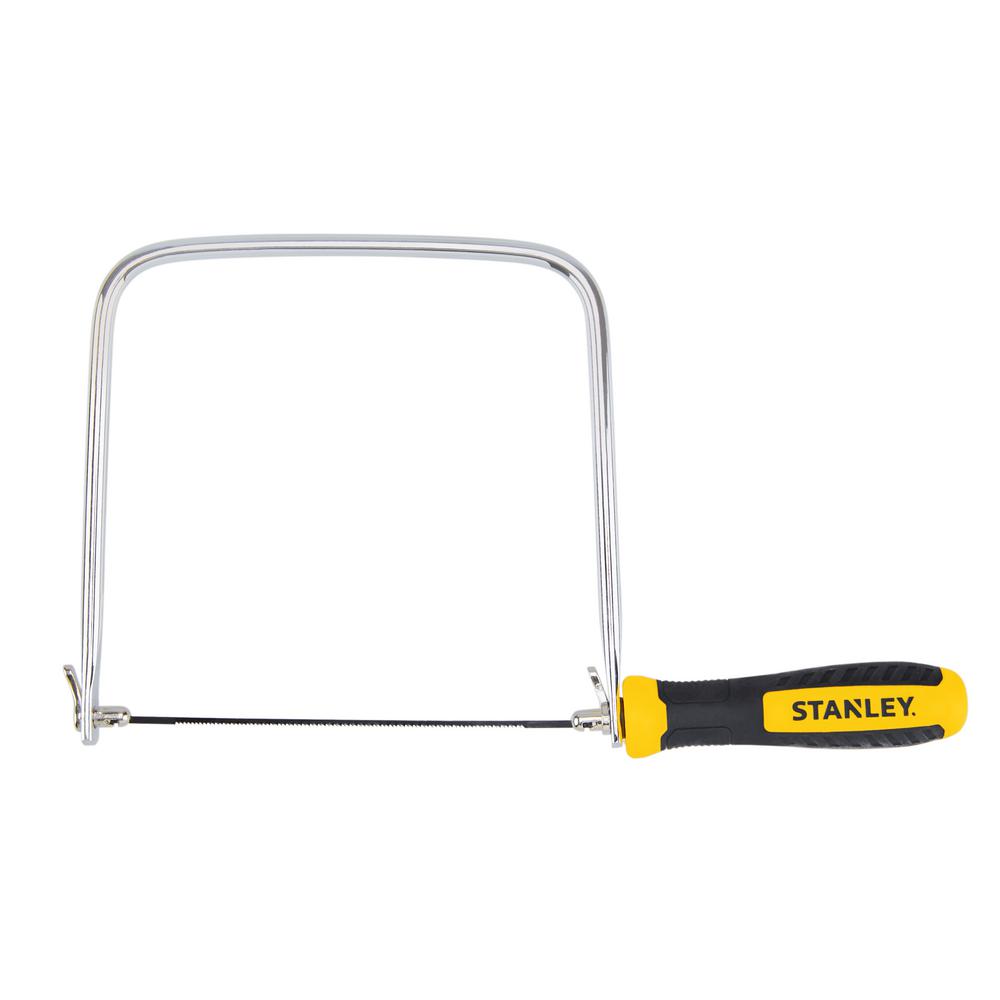Pros and cons of coped corners trim carpenters and other professionals often prefer coped joints because they tend to open up less than miters when the wood shrinks during dry weather.
Coping saw for vinyl trim.
Use a coping saw to cut along the pencil line about 1 16 to the waste side of the profile edge lead photo.
In practice most of us encounter coping in cutting trim work especially cornice and.
The technique gets the name from use of a coping saw to make the cut.
Replace the coping saw blade if it s rusted or worn.
The extra deep 6 in.
The coping saw coping is a process by which one piece with an irregular surface is fitted to another.
However a coped cut is commonly used on the inside corners joining interior walls.
Clearance is designed for angled and curved cuts in hard to reach areas.
That means lots of slow fussy work with a coping saw.
The blade can be removed at will as there are different ones based on what material you want to cut.
To make a cope joint butt the first piece of molding into the corner and fasten in place.
Then use a pencil to outline the edge of the molding profile.
What is the best tool and method for coping baseboard and crown.
A clamp or two will hold your work steady and your result will be much more precise.
If you re using your grandpa s coping saw well actually any coping saw do three things.
This tool uses a thin blade that s attached to a u shaped frame from both sides through a clip at each end.
In this video i give you my thoughts and some tips on coping base and crown.
The profile is cut with a coping saw or sometimes a jigsaw.
Next time you have some inside corners to cope on standard 1 4 baseboards try this method for doing the whole process on your miter saw.
Most molding cuts are done at a 45 degree angle using a miter saw.
What is a coping saw.
Coping thin floppy trim is like doing dental work on a snake.



/cdn.vox-cdn.com/uploads/chorus_image/image/65889548/coping_saw_x_inline.0.jpg)
























